5 benefits of using Jotform AI Agents with RAG
- Increased customer trust
- Reduced manual workload
- Easy integration
- User-friendly customization
- Multi-channel support
As of 2024, around 60 percent of B2B and 42 percent of B2C companies use chatbot software somewhere in their operations — with overall chatbot use projected to increase by 34 percent in 2025. Many business leaders see chatbots as the new frontier of customer service, providing immediate service to customers at a fraction of the cost of call centers and other traditional support methods.
However, standard chatbots are still far from perfect; even AI-powered chatbots face issues with providing accurate information. This unreliability has created a need for chatbots that can tap into real-time information and be trustworthy. That’s where retrieval-augmented generation (RAG) technology can enhance chatbot capabilities.
But what is a chatbot with RAG? RAG chatbots approach your customers’ queries in a new way, using a mix of informational retrieval and answer generation to produce results that are more accurate than traditional AI solutions. Unsurprisingly, this makes them an increasingly popular option among businesses.
Follow along to find out more about how RAG chatbots can benefit your business (and how modern solutions like Jotform AI Agents make this technology more accessible than ever).
Where traditional chatbots fall short
Although automated solutions like chatbots can streamline customer service interactions and free up valuable resources, they bring a risk of potential inaccuracies or misinformation. And these inaccuracies and misinformation could create more problems for your team than they solve! AI chatbots are prone to errors, particularly when it comes to two common issues:
- Hallucinations
- Outdated information
In the world of AI, hallucinations are AI responses that contain false or misleading information. These outputs are common among traditional AI-powered chatbots, which hallucinate answers anywhere from 3 percent to 27 percent of the time. But what does this mean, and why does it happen?
These false responses can range in severity from slightly altered details to completely incorrect information. For example, an AI chatbot may hallucinate that your store is open from 11 a.m. to 8 p.m. when it’s actually open from 10 a.m. to 8 p.m. This sounds like a small blip, but it could result in an hour of lost business.
On the other hand, an example of a more significant hallucination would be if your chatbot tells a customer you sell a competitor’s product simply because that product is mentioned in your training data. This could lead to a frustrated complaint when your customer discovers this isn’t the case — or worse, legal ramifications.
Although traditional AI models are getting better at avoiding hallucinations, common issues like the following can still cause them:
- Incomplete or insufficient training data
- Lack of informational context
- Data biases
These issues relate to another challenge for traditional chatbots: outdated information. Traditional AI chatbots are trained using data you provide, so their responses can only be as timely as the latest information you’ve used to train them. Your team is responsible for retraining your AI chatbot periodically as policies change and new information comes to light. Otherwise, you risk misleading customers.
Want to avoid costly errors caused by inaccurate, misleading, or outdated information? That’s where RAG technology comes into play. It’s a new AI strategy designed to reduce inaccuracy across your chatbot’s responses.
What is a RAG chatbot?
Retrieval-augmented generation (RAG) chatbots are an advanced version of conversational AI chatbots. They are characterized by their ability to enhance their large language model (LLM) by accessing external information in real time from a secondary knowledge base.
Picture it this way: A RAG chatbot is like a student taking an open-book test. Rather than relying solely on its own experience and knowledge, a RAG chatbot, when “stumped” by a question, can easily supplement its knowledge and look up the necessary information from an external source. This makes it more accurate, reliable, and contextually appropriate compared to chatbots that can only mine responses from their internal resources.
Here’s how RAG-based chatbots work: When a user asks a RAG chatbot a question, the chatbot first pulls in information from relevant secondary sources in real time. In many cases, this will likely be your internal knowledge base, which you can update regularly to maintain the accuracy of your RAG chatbot’s responses. Using the information you provide through your available sources, your AI chatbot then generates an answer based on that data.
While traditional chatbots may also use information from your knowledge base, they can use only the version of information you provided during the training phase. Any updates you make after your initial training phase will be unavailable.
Think of the data traditional chatbots can access as a snapshot: It’s only as accurate as it was when you initially trained it, and any changes since then are unaccounted for unless and until you retrain your bot. RAG chatbots, on the other hand, see your information in real time, meaning they can factor the latest updates into their responses.
By keeping your internal knowledge base up to date, you provide your RAG chatbot with access to relevant information that accurately reflects your brand guidelines, current product information, and other relevant details.
RAG chatbots can also provide industry-specific assistance. By connecting a RAG-based chatbot to a knowledge base that covers a specific role or industry (such as finance, healthcare, etc.), these digital solutions can provide in-depth answers in complex fields.
This flexible technology lets your bot produce personalized answers unique to your users’ needs, without sacrificing real-time accuracy or speed. For many, these solutions are preferable to traditional chatbots — and could be the future of chatbots as we know it.
Traditional chatbots vs RAG chatbots
While traditional chatbots have long held a place in the world of customer support, these solutions create a variety of challenges for businesses, such as
- Lack of personalization
- Retraining requirements
- Limited use cases
- High upfront investment
- Hallucinated responses
Traditionally, you are likely to come across two common types of chatbots: scripted or pretrained.
Scripted chatbots vs RAG chatbots
Scripted chatbots typically have flexibility, training, and personalization limitations. These solutions, while accurate, can only provide answers to very specific questions that match their scripts.
For example, if a user inquires about your hours, a scripted chatbot will provide a canned response that adheres to your script. However, if a user asks about your hours during a one-time, pop-up sales event, your chatbot won’t be able to adapt to this new scenario, as it won’t have access to the latest information within its scripts.
Compared to scripted chatbots, RAG-based chatbots can provide personalized responses that are more relevant, updated, and influenced by context.
Pretrained chatbots vs RAG chatbots
Pretrained chatbots, on the other hand, use a more flexible AI base instead of scripts. Instead of providing them with set answers, you train these AI chatbots using internal documents and data. From there, these chatbots can generate more personalized answers that better fit a wider range of scenarios.
The trouble with these tools is that they don’t have access to real-time information, making it difficult for these bots to adapt to new situations, questions, and information. It also means your team will need to invest more time and resources into training your AI model before launching.
As previously mentioned, AI-based solutions can even hallucinate responses that are incorrect or misleading. This could be caused by outdated training data, but the phenomenon can also naturally occur at random with AI chatbots. Even the top solutions like ChatGPT can still hallucinate.
Here’s an example of what a hallucination may look like: Your user asks a question about a specific product. At the time you trained your chatbot, you still sold this product, but you have since discontinued it. Your AI is unaware of this fact and provides pricing information for a product that no longer exists — which could result in a customer service incident.
On the flip side, RAG chatbots have an advantage over pretrained chatbots in preventing inaccuracies. Although pretrained chatbots are more adaptable than script-based ones, they are still limited by the information used to train them. Through their access to current outside sources, RAG chatbots use updated, real-time information without the need for additional manual training.
These competitive advantages make RAG chatbots an ideal choice for businesses looking to level up their customer service.
Why RAG chatbots matter for businesses
Two-thirds of today’s customers believe speed of service is just as important as the price of a product. But while traditional chatbots can provide instant responses, these outdated models could leave your business exposed to potential errors. That’s why RAG chatbots are essential upgrades for maintaining your business’s reputation and providing a positive customer service experience.
This elevated customer experience is driven by providing your RAG chatbot real-time access to enterprise data such as
- Product updates
- Customer profiles
- Internal policies
- Frequently asked questions
RAG chatbots can use this data in different ways, depending on your exact business needs. These automated helpers can assist with common customer issues, including
- Providing general assistance
- Answering questions about products
- Troubleshooting issues
- Offering personalized recommendations or rewards
- Submitting online forms
- Tracking orders
In essence, RAG chatbots guarantee your customers receive responses to their queries that are up to date, precise, and trustworthy.
But how does this technology work in practice? Possible applications for RAG chatbots will depend on your needs. Consider these example use cases and how you might best implement RAG chatbots in your business:
- A customer is shopping for a new jacket, but they’re worried about the sizing since they’re buying online. To clarify, the customer asks your RAG chatbot about the specific measurements of a particular product. Not only can your chatbot pull the latest information on that product’s specs, but also it can provide recommendations for similar products that may suit your customer’s style.
- Alternatively, a customer may reach out to your chatbot with a concern about the status of their order. By connecting to your internal knowledge base, your chatbot can pull the latest updates on the order’s status in the fulfillment process and determine when the customer can expect to receive it.
So, how do you get started adding these versatile solutions to your digital toolbelt? The first step is to find a trusted partner that uses this technology in their chatbots — like Jotform AI Agents.
How Jotform AI Agents use RAG technology
Jotform AI Agents are an AI-powered automated solution that assists with potential business functions through the use of RAG technology. But what are AI agents? They’re advanced chatbots that use AI technology to fit into specific roles, acting as a digital extension of your team.
To help facilitate these capabilities, Jotform AI Agents integrate RAG systems directly into the AI agent backend — allowing agents to use knowledge bases to generate verified, accurate responses and search results. This technology also helps AI agents slot directly into specific roles for complex industries by accessing information from your internal data related to that position.
Using a RAG-based chatbot platform, Jotform AI Agents significantly reduce the odds that your customers will receive incorrect or misleading information. Errors like these cost your brand more than just a sale — they jeopardize your reputation as well. Investing in a RAG-based chatbot like Jotform AI Agents fosters user trust and provides a rave-worthy user experience.
However, while RAG technology is effective at keeping your chatbots up to date, you still need to monitor your results for accuracy. Implementing continuous monitoring and improvement processes into your AI agent management workflow complements RAG technology, helping you keep your finger on the pulse of your knowledge base and the accuracy of its data.
If you discover your AI agent is producing inaccurate results — even with the assistance of RAG — you can adjust your internal data to ensure high accuracy in your responses.
Worried about the security of your internal data? Jotform AI Agents comply with several security standards to preserve the privacy of your data and your customers’ data. It achieves this privacy using security features such as
- GDPR compliance
- PCI compliance
- Two-factor authentication
- HIPAA-friendly agents
With these safeguards in place, you can confidently use Jotform AI Agents with RAG across a variety of highly regulated industries and tap into key benefits for your business.
Benefits of using Jotform AI Agents with RAG for your business
Jotform AI Agents can enhance your business’s approach to customer service. Thanks to its advanced technology and reliable results, your brand gains access to top advantages like
- Increased customer trust: Jotform’s RAG chatbots provide a more personalized and positive customer experience by generating more accurate and reliable results. Through these interactions, you build loyalty among your current and potential customers — driving sales, word of mouth, and long-term relationships.
- Reduced manual workload: Jotform’s RAG chatbots take the hassle of answering simple, routine questions off your team’s plate. You can even automate more complex inquiries to free up your team’s time even further, empowering them to tackle more high-value tasks.
- Easy integration: To maximize the effectiveness of your RAG chatbot, it must be capable of connecting to your existing tech stack. Jotform AI Agents are compatible with a vast library of integrations for seamless connections without the need for code or technical expertise.
- User-friendly customization: Jotform AI Agents’ interface is both easy to use and flexible, allowing your brand to create a chatbot that accurately reflects your voice, tone, and visual aesthetic. With the Jotform AI Chatbot Builder, you can easily generate RAG chatbots that fit your preferences and then adjust as necessary in the drag-and-drop Jotform design suite.
- Multi-channel support: Powered by RAG AI, your team can easily facilitate customer support across channels like self-service web chat, SMS, WhatsApp, and even voice to provide a comprehensive customer experience. This lets your customers choose the channel they prefer to interact with while guaranteeing consistent, brand-aligned support.
In addition to powerful AI features, Jotform makes it easier than ever to build your own RAG chatbot as well. You can either generate and customize your own chatbot from scratch or choose from one of more than 7,000 AI agent templates. These templates let you quickly launch specialized AI agents that fit specific roles and purposes — meaning less time spent customizing and training RAG chatbots.
Jotform AI Agents are also directly connected to the full Jotform suite of products. This interconnectivity supercharges the way you approach your chatbot workflows, empowering your team to provide even better service. You can tap into the Jotform suite to enhance your agents using capabilities like
- Data storage and organization with Jotform Tables
- Automated workflows with Jotform Workflows
- Metric analysis and visualization with Jotform Report Builder
- Task management with Jotform Boards
Combining these capabilities with the advanced reliability of RAG technology enables you to take the next step in providing superior customer service in the age of automation.
Empower your business with RAG chatbots
Thanks to the advancement of RAG technology, modern chatbots are more reliable and effective than ever. With access to the latest information from your up-to-the-minute knowledge base, RAG chatbots offer a more reliable customer experience than traditional chatbots. To access these benefits, you need to find the right partner — one that makes it simple to build your own RAG chatbot.
Jotform AI Agents use RAG technology to make these customer experiences accessible, easy to generate, and trustworthy. With help from Jotform AI Agents, you can quickly create custom RAG chatbots that fit your business’s exact needs. Explore the possibilities these advanced AI agents have to offer today by designing your first RAG chatbot for free.
This article is for content managers, marketing agencies, website operators, and anyone who wants to understand how RAG chatbots enhance AI accuracy and reliability in business communications by integrating real-time data retrieval with large language models.

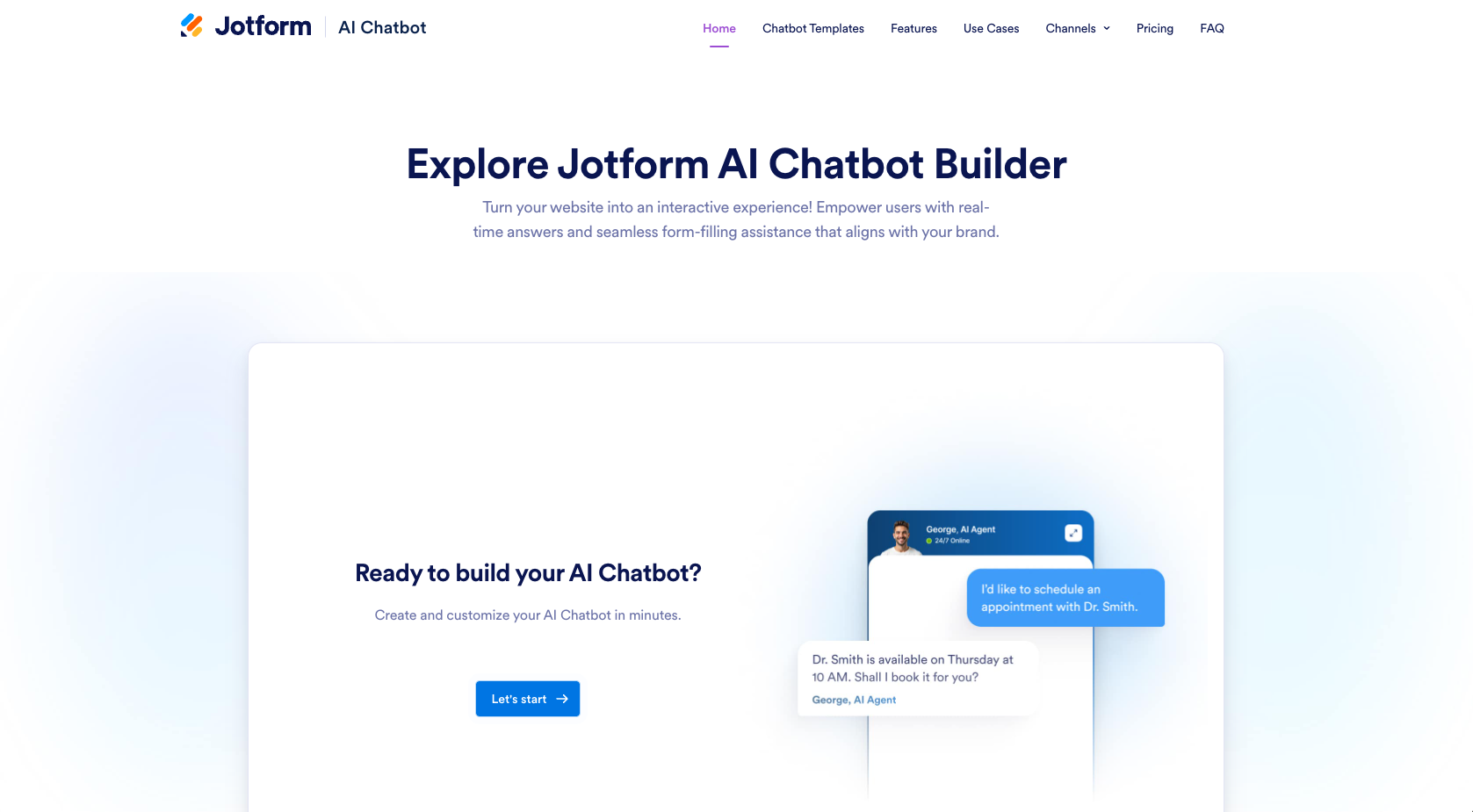



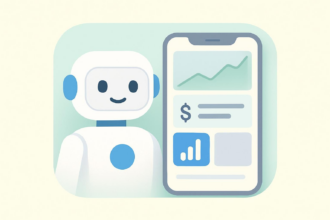
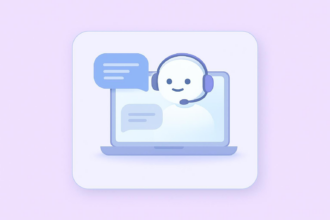
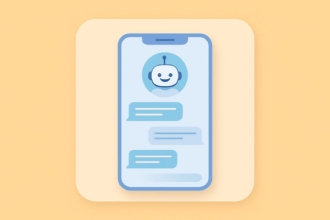

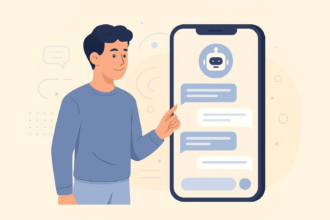
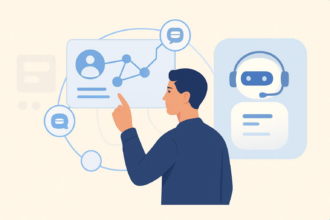
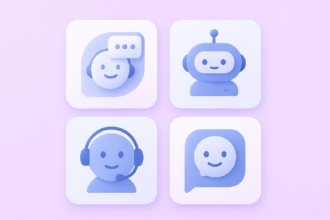
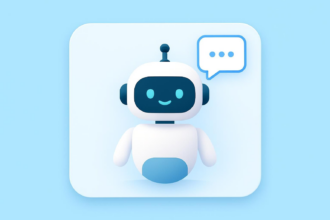
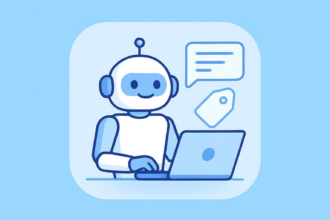
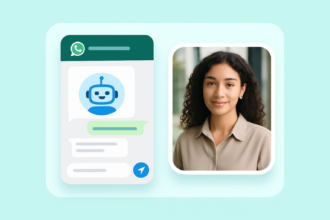
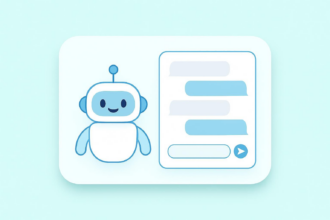


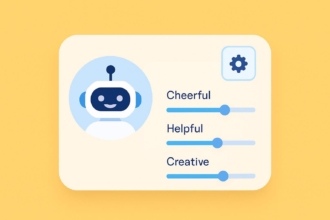
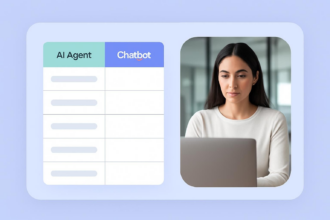
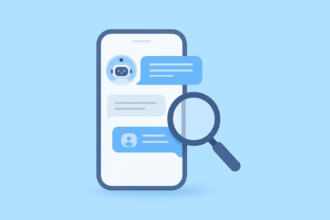
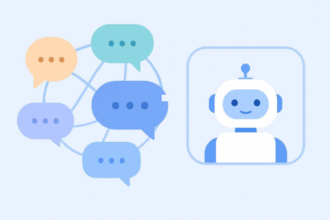



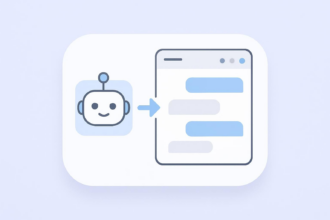



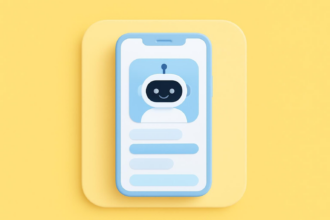




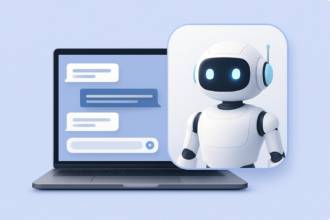



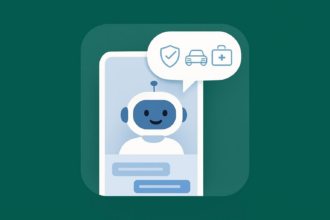
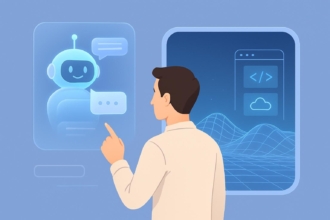
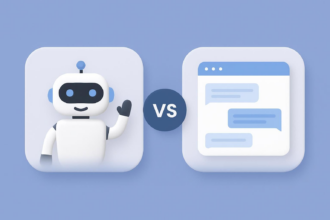




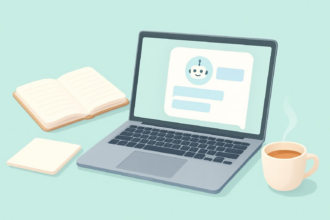

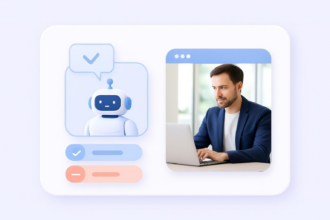

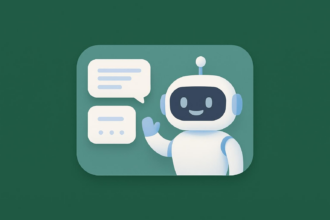


Send Comment: